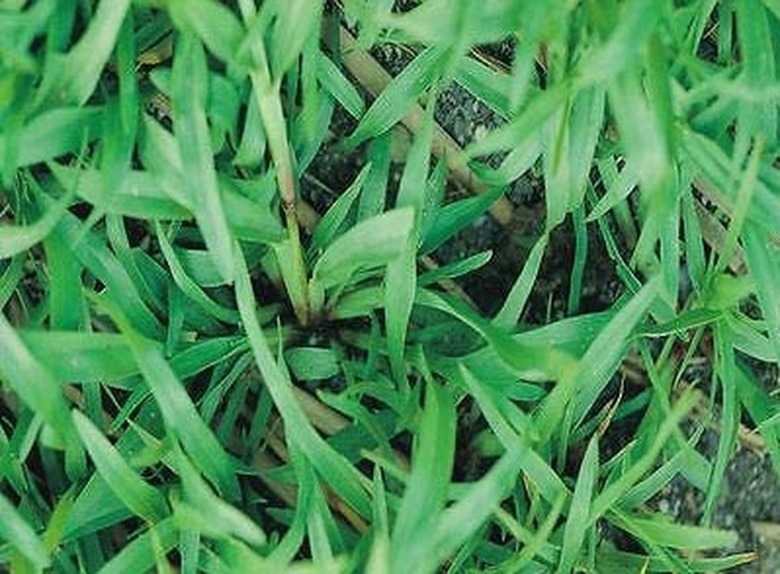What Will Kill Carpetgrass?
Although carpetgrass (Axonopus fissifolius, USDA plant hardiness zones 7b through 10a) is a desirable turfgrass for some, others find it more like an invasive weed taking over their desirable grasses. As when dealing with any undesirable plant, quick intervention means the problem won't have a chance to grow out of bounds, which means less of a headache for you. Getting rid of carpetgrass isn't always easy, but with continued effort and patience, your lawn should be carpetgrass-free before you know it.
Notable Characteristics of Carpetgrass
Native to the United States, carpetgrass is a warm-season, perennial turfgrass growing at a moderate rate of speed and forming into spreading clumps. It spreads by way of seeds and stolons and is commonly found growing along roadsides, ditches, fields, and sandy pine-filled forest areas. Additionally, carpetgrass is used for residential lawns, in recreation areas, in pastures, and also as a cover crop. Although the turfgrass can handle a bit of colder temperatures in winter, it will go dormant in the coldest portions of its hardiness zones.
It's a coarse-textured turfgrass with narrow green leaves finely haired by their base and can be folded or flat with a rounded tip. At maturity, some leaves can take on a burgundy-reddish tinge. In summer through fall, carpetgrass blooms by sending up very narrow spikes with three V shapes. These blooms can make a lawn look untidy and will require frequent mowing to keep them in check. Due to the similarities in their appearance, carpetgrass is often mistaken for St. Augustinegrass (Stenotaphrum secundatum) or centipedegrass (Eremochloa ophiuroides).
Options for Killing Carpetgrass
Carpetgrass tolerates a range of different soils and conditions, but it puts out its best growth when residing in full sun in moist, acidic soils. Although the turfgrass tolerates colder conditions as well as heat, it cannot tolerate dry conditions or drought and will die. If you have a large section of the lawn infested with carpetgrass and you'd prefer Mother Nature to do the killing, you can stop watering the area and allow it to remain dry, and with some patience, it should die during summer's heat.
It will probably be difficult to find an herbicide product labeled for residential use that you can apply to your lawn that will kill the carpetgrass but not your desirable turfgrass. Therefore, your only option is to use a nonselective herbicide, like glyphosate, applied according to package directions. How you apply it is dependent on how widespread the carpetgrass infestation is. If it has affected the entire lawn or large areas, you can spray the area with the herbicide. However, if there are patches growing with your desirable turfgrass, you can treat it on a clump by clump basis using a weed wiper that applies the herbicide directly on the carpetgrass and not on your other grass, giving you more control.
If you're using a pump sprayer, you might want to test the spray pattern on a safe surface, like a concrete driveway, before using it. Don't apply any herbicide during windy conditions, if rain is expected, or anywhere near a body of water. You should wear protective eyewear, gloves, and long pants and wash your hands and clothes after using the herbicide. Keep children and pets off the sprayed carpetgrass until the herbicide dries. You should start seeing results in several days to a week. You might have to reapply the herbicide to completely kill the carpetgrass.
